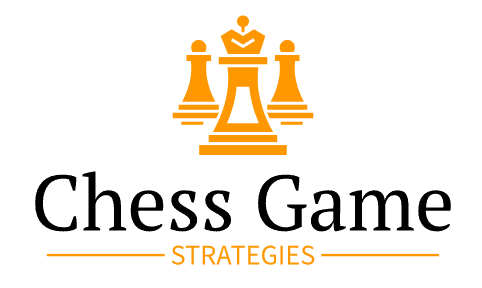
Chess Glossary : Section M
Main Line
Refers to a specific Opening sequence, or variation of it, that is played most often.
Major Pieces
Also known as Heavy Pieces, these are the Rooks and Queens.
Majority
When referring to Pawns, the army who has more Pawns on one flank (e.g. Kingside, or Queenside) than their opponent, they are said to have a Majority (may be referred to as a Pawn Majority). When a player gets a Majority on one flank, it usually leads to the same player having a Minority on the other flank.
Maróczy Bind
A specific type of Bind named after Hungarian Grandmaster Géza Maróczy (1870-1951), who played it in his games. The Maróczy Bind is reached after 1.e4 c5 2.Nf3 Nc6 3.d4 cxd4 4.Nxd4 g6 5. c4 *
Match
A Chess competition played either between two teams or two individuals, involving a minimum of 2 games. Matches can either last for the entire duration of the competition, or it can be a specific round of a chess tournament – could be a Knockout Tournament or a Team Tournament.
Mate
Short for “Checkmate”, where a King is attacked but has no legal moves to escape and results in the sudden end of a game of Chess. If your King is in this situation, you’ve just lost.
Material
Another name to refer to Chess Pieces; often a collective reference, as in “White currently has less Material than Black”.
Mating Attack
A sustained attack that aims to Checkmate the enemy King.
MCO
1. Abbreviation for Modern Chess Openings, an Openings reference book, first published in 1911 by British Chess players Richard Clewin Griffith and John Herbert White and referred to as “the first scientific study of the openings in the twentieth century“.
2. The burger-munching, cholesterol collectors that are the Chess Glossary Team think it could also be a warning: McDonald’s Causes Obesity.
Medieval Chess
1. Any game – so the Chess Glossary Team say – of chess not played either on the Internet or on a computer;
2. Chess sets to make a craftsman go weak at ankles and weep for pure joy.
3. (According to Edinburgh University Chess Club), Medieval Chess Rules had it that the Pawn could only move one square on the first move; the Bishop was restricted to two moves, but could also jump; and the Queen was shackled to just one diagonal square move per turn … no wonder the rules were re-hashed.
Middlegame
Stage of a game of Chess when carnage reigns supreme and is where you’ll start to see Exchanges, Pins, Forks and Skewers, among other sneaky Chess Tactics.
Miniature
1. If at a tournament you can’t reach the table, you’re a Miniature.
2. A short game of chess, typically lasting no more than 20-25 moves, is known as a Miniature game.
Minor Exchange
When a Bishop is exchanged (traded) for a Knight, it’s known as a Minor Exchange.
Minor Pieces
These are the Knights and Bishops.
Minority Attack
When you advance Pawns on the side of the board where your opponent has more Pawns, you’re launching a Minority Attack.
Mobility
1. What the legs of the Chess Glossary Team lack after a night on the razz.
2. When a player has lots of space on the Chess Board, his pieces are said to have plenty of Mobility.
Mobile Pawn Center
If you have Pawns in the Center that can advance without becoming weak, you have a Mobile Pawn Center.
Mobile Pawn Wing
The group of three Pawns, on either Flank (or “Wing”) that are free to advance together, without threat of capture. In order to have a Mobile Pawn Wing count as a point, you must already have Control of the Center and Superior Development, on a small sector of the board. Your King must also be safe from attack, at the point of advancing the wing pawns.
Move
When each player has their turn, that’s classed as ONE Move. White moves/captures/etc. (that’s White’s ‘turn’); then Black moves/captures/etc. (that’s Black’s ‘turn’), and ONE Move has been completed.
Move Order
Refers to a specific sequence of moves that a player makes, to successfully complete their Plan or Opening.
Mysterious Rook Move
When a move by a Rook appears not to carry a threat or attacking intent, yet the actual move causes the opponent to avoid playing a specific type of action, it’s referred to as a Mysterious Rook Move.

